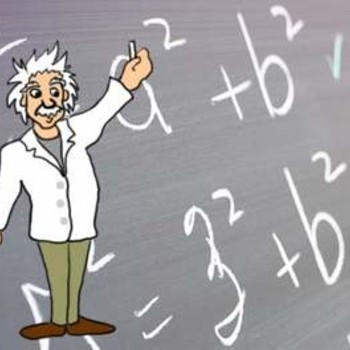#(cos theta - sin theta)/(cos theta+sin theta)=(cot theta-1)/(cot theta+1)#
Right Side : #=(cot theta-1)/(cot theta+1)#
#=(cos theta/sin theta-1)/(cos theta/sin theta+1)#
#=((cos theta-sin theta)/sin theta)/((cos theta+sin theta)/sin theta#
#=(cos theta-sin theta)/sin theta * sin theta/(cos theta+sin theta)#
#=(cos theta-sin theta)/cancel sin theta * cancel sin theta/(cos theta+sin theta)#
#=(cos theta-sin theta)/(cos theta+sin theta)#
#:.=# Left Side
Domain :
The denominator cannot be zero. So take the denominator set it equal to zero and then solve.
#cos theta+sin theta=0#
Use linear combination to solve the equation
#A=1, B=1, C= sqrt 2#. Note that this is in quadrant one since both cosine and sine are positive
#cos D=A/C = 1/sqrt2#
#D=cos^-1(1/sqrt2)=45^@#
#sqrt2cos(theta-45^@)=0#--> Put it in the form # C cos (theta-D)=0#
#cos(theta-45^@)=0#
#theta-45^@=cos^-1 0#
#theta-45^@=+-90^@ +360^@ n#
#theta=45^@+-90^@ +360^@ n#
#theta=135^@ +360^@ n or theta=-45^@ + 360^@ n#
where #n=0,+-1,+-2,+-3,...#
Therefore,
#D:{theta inR,theta !=135^@ +360^@ n,theta!=-45^@ + 360^@ n, n=0,+-1,+-2,+-3,...}#

